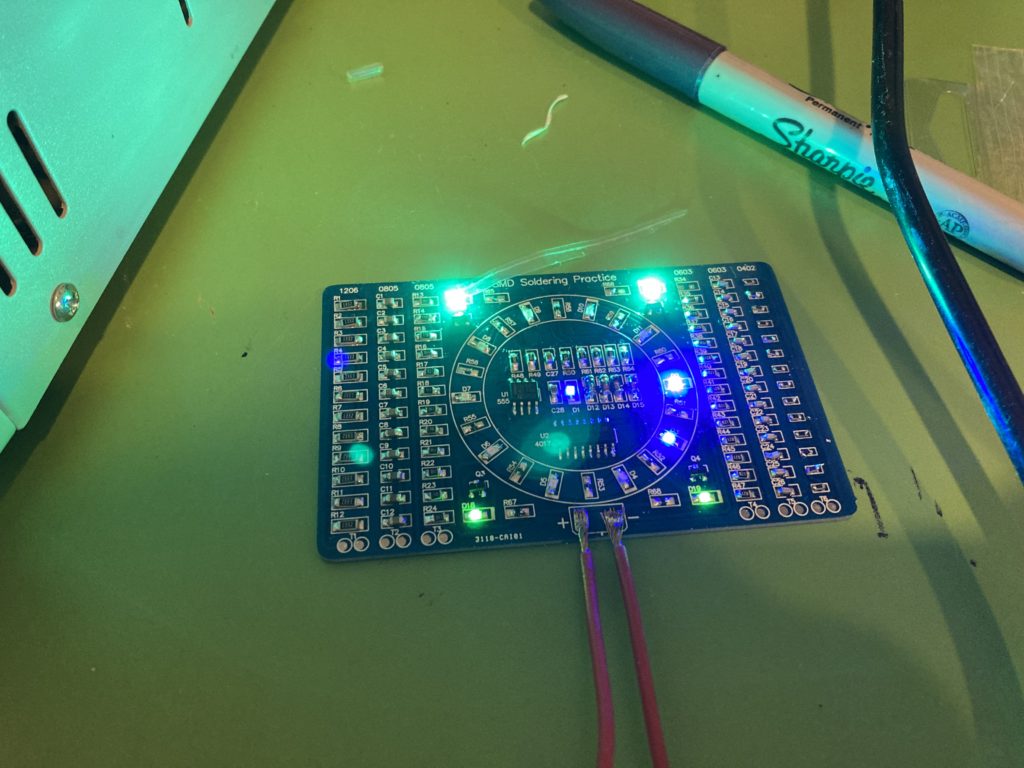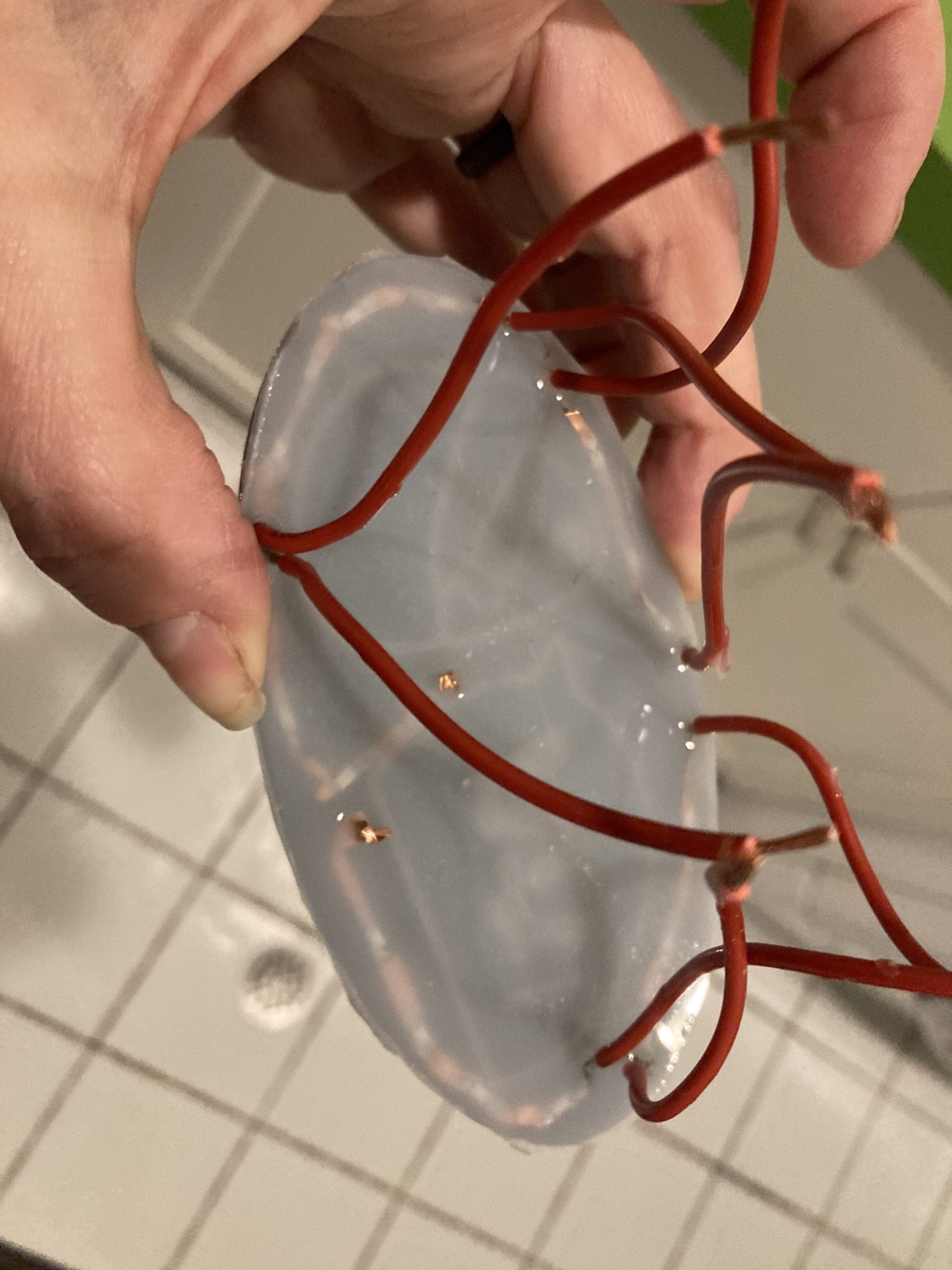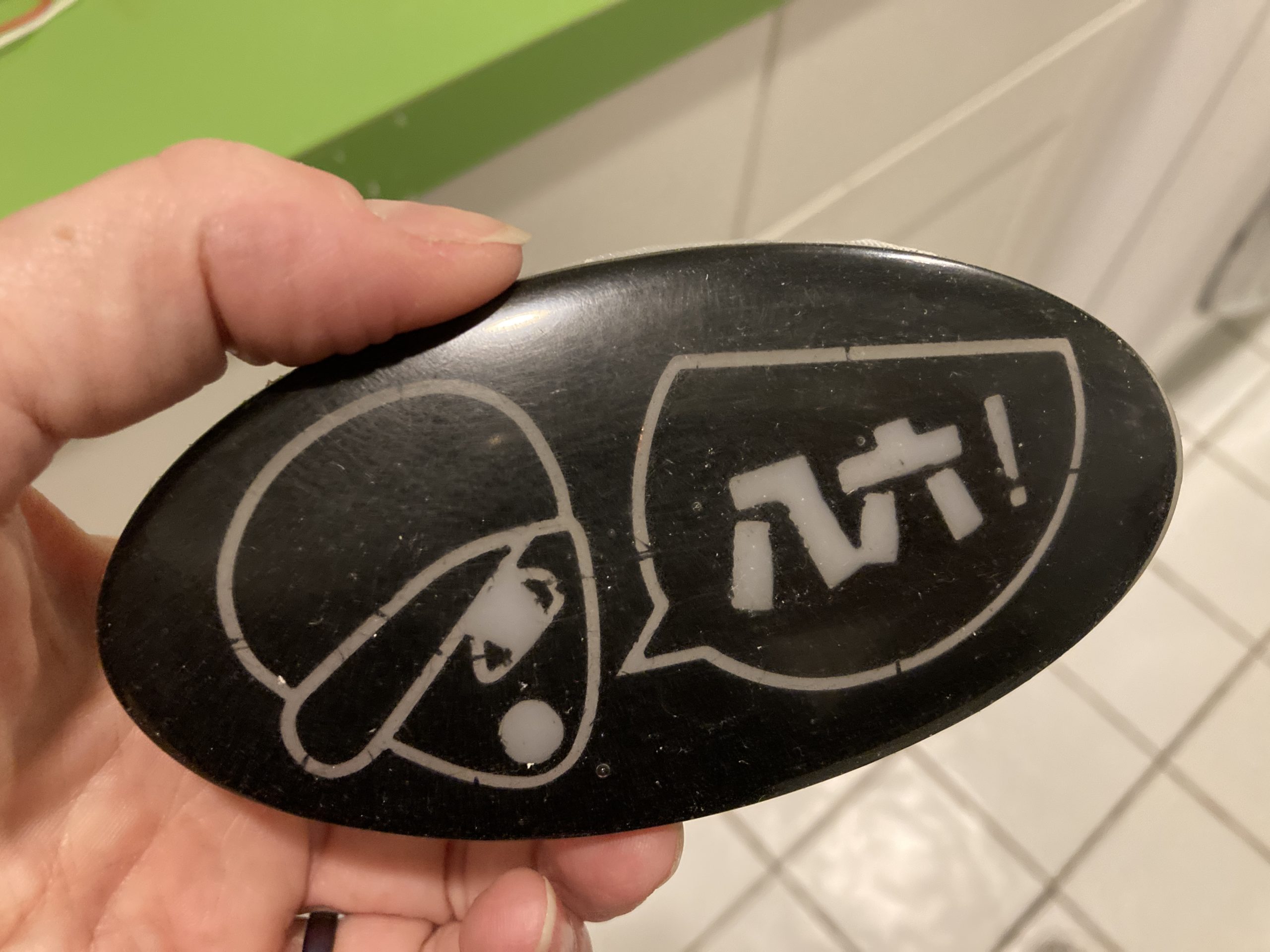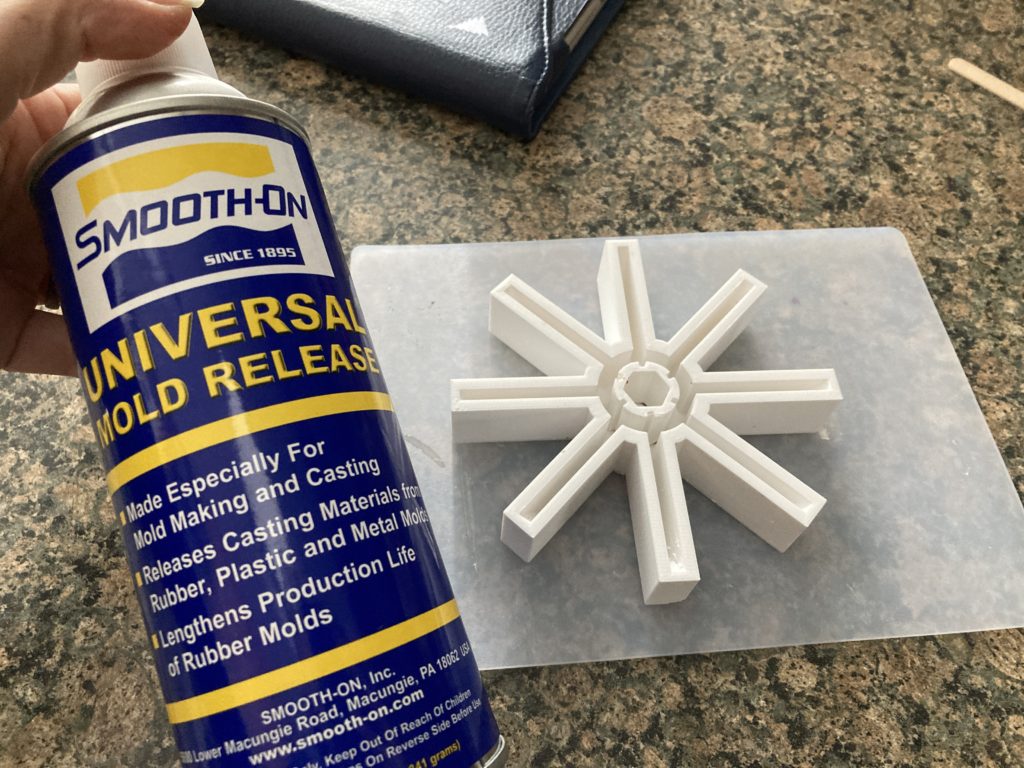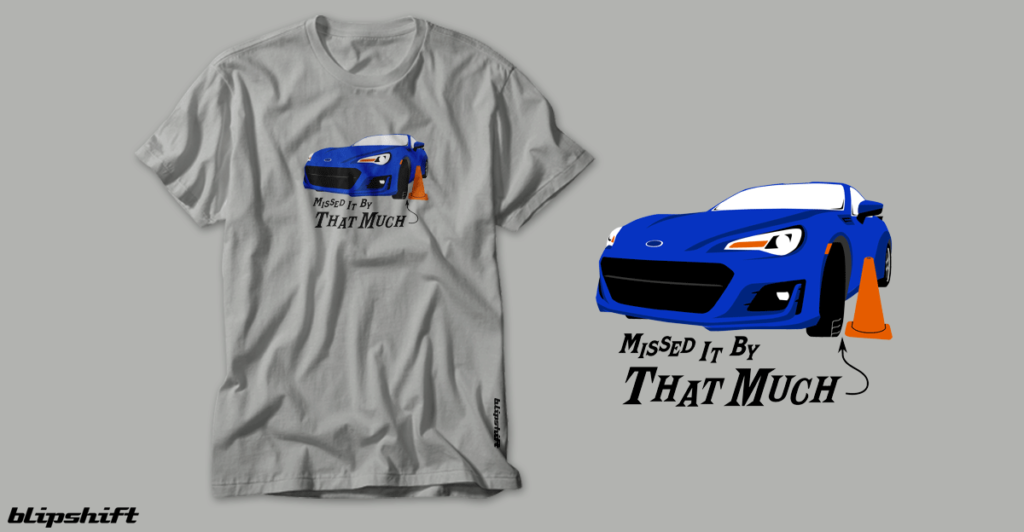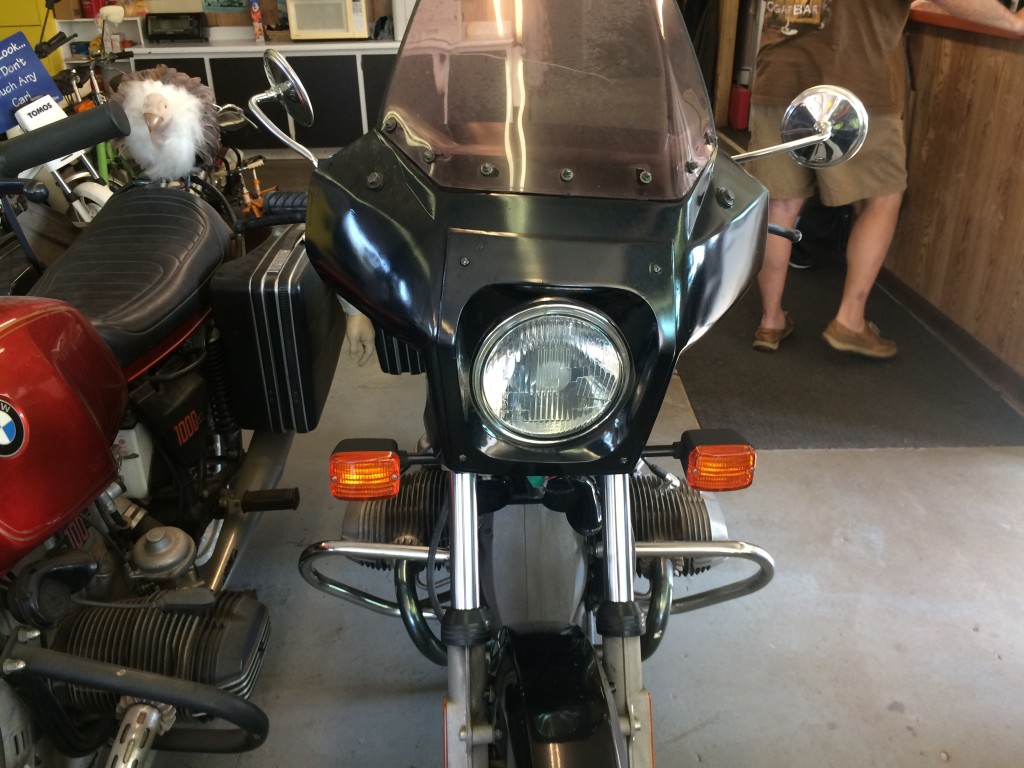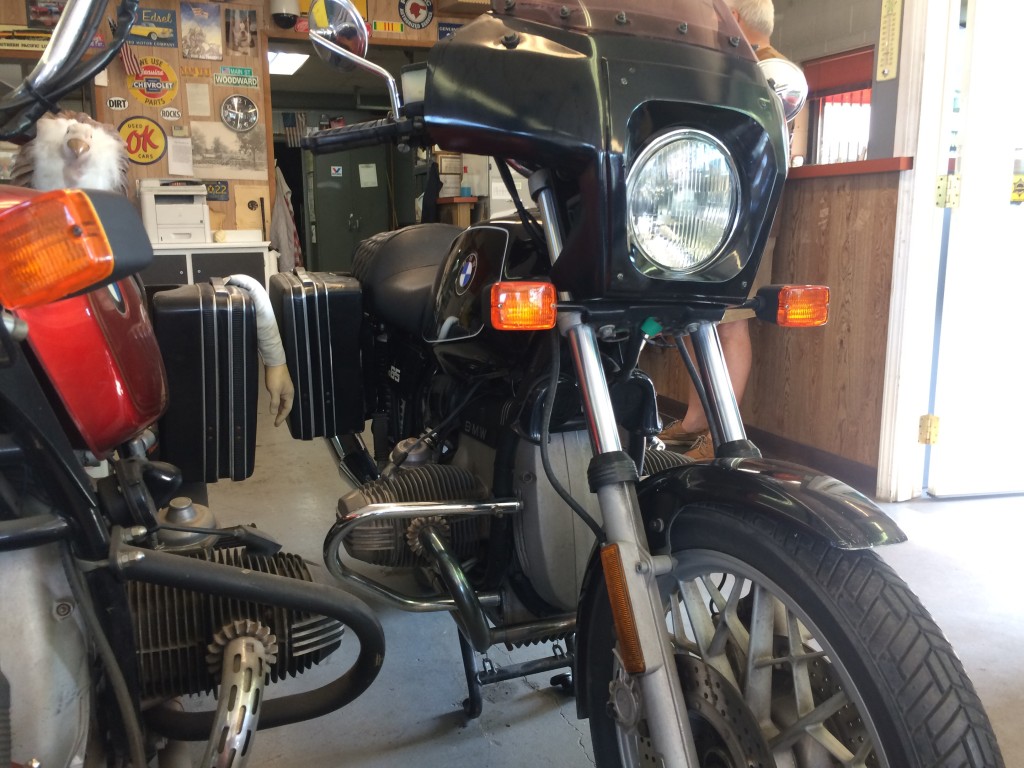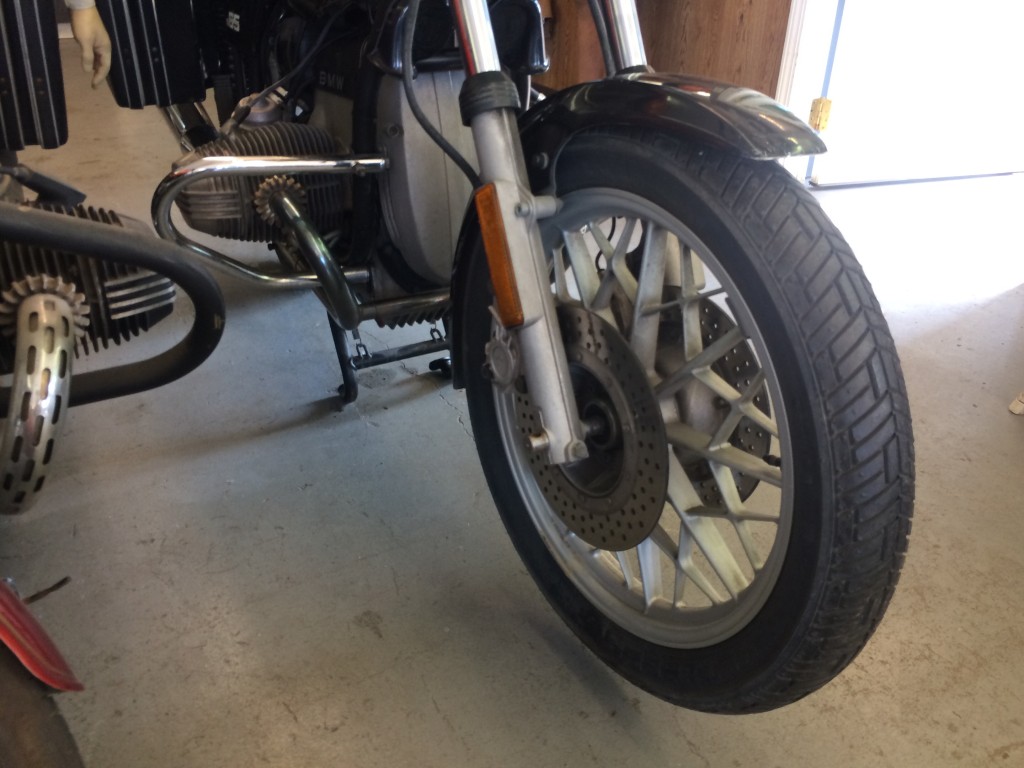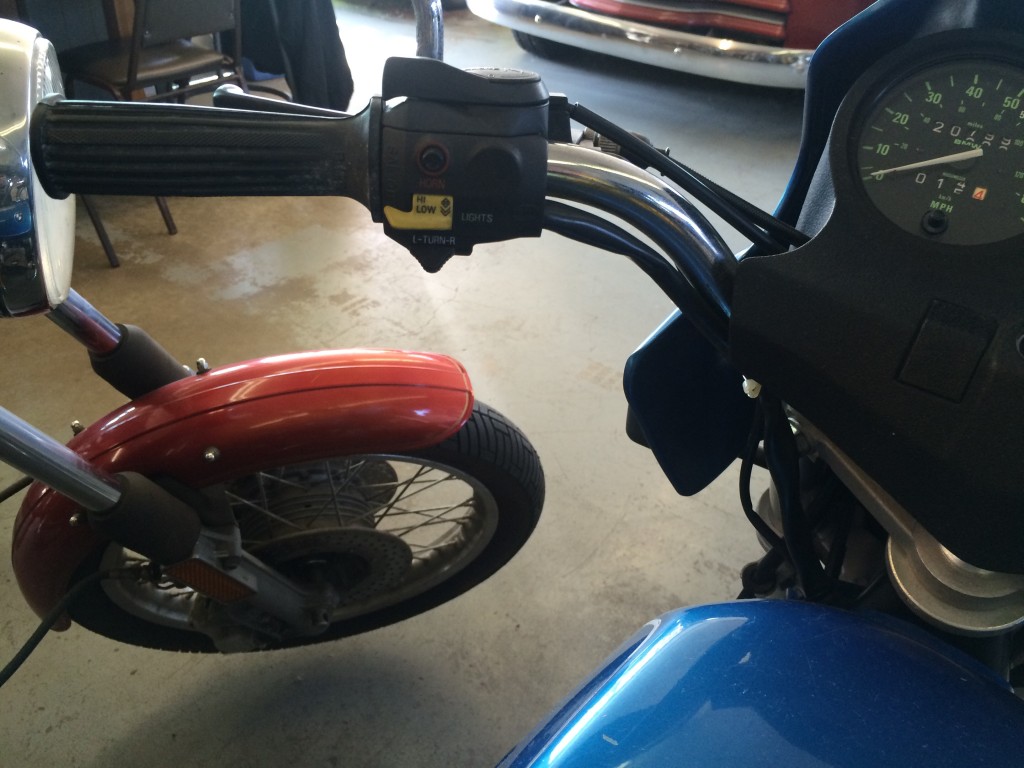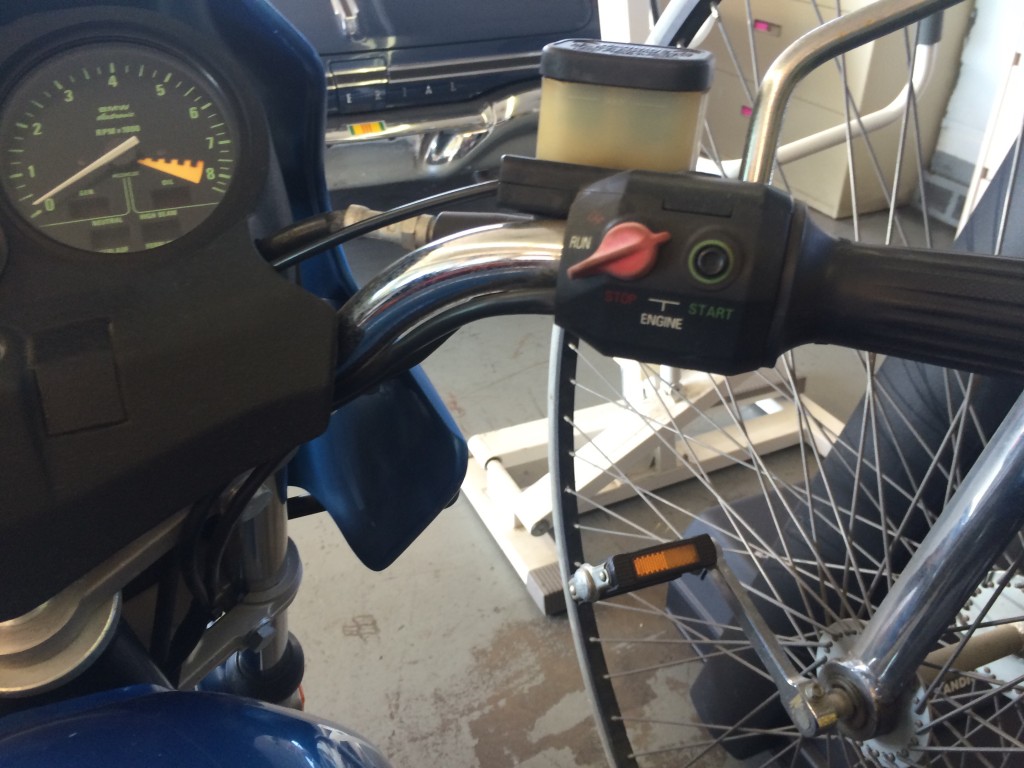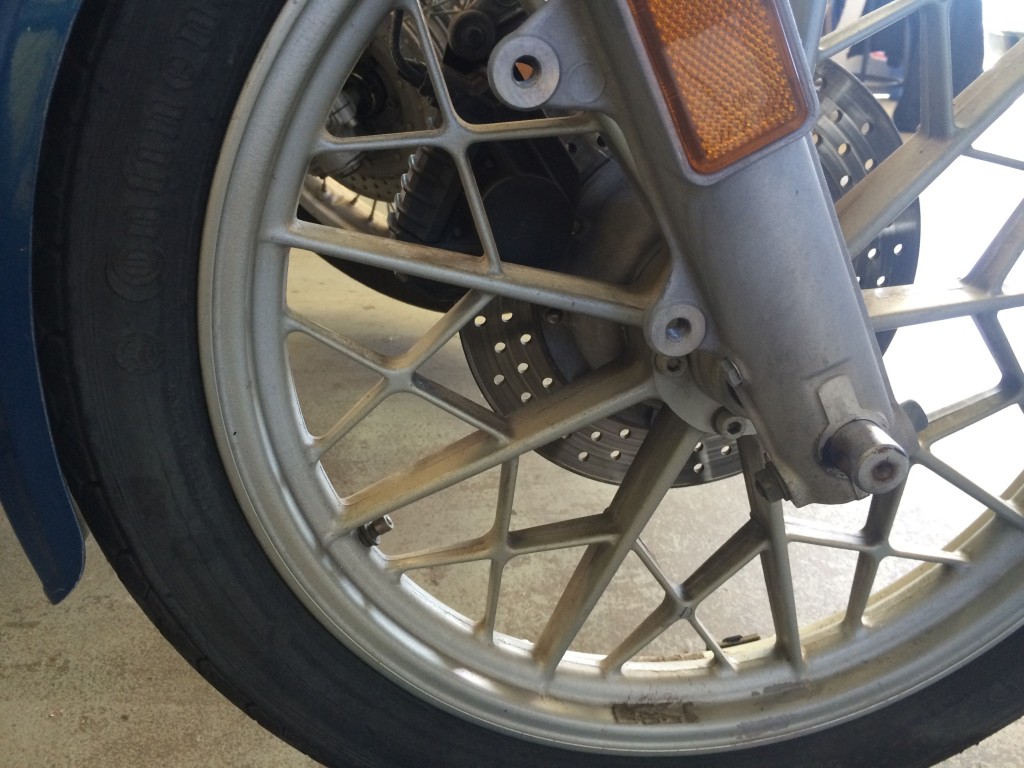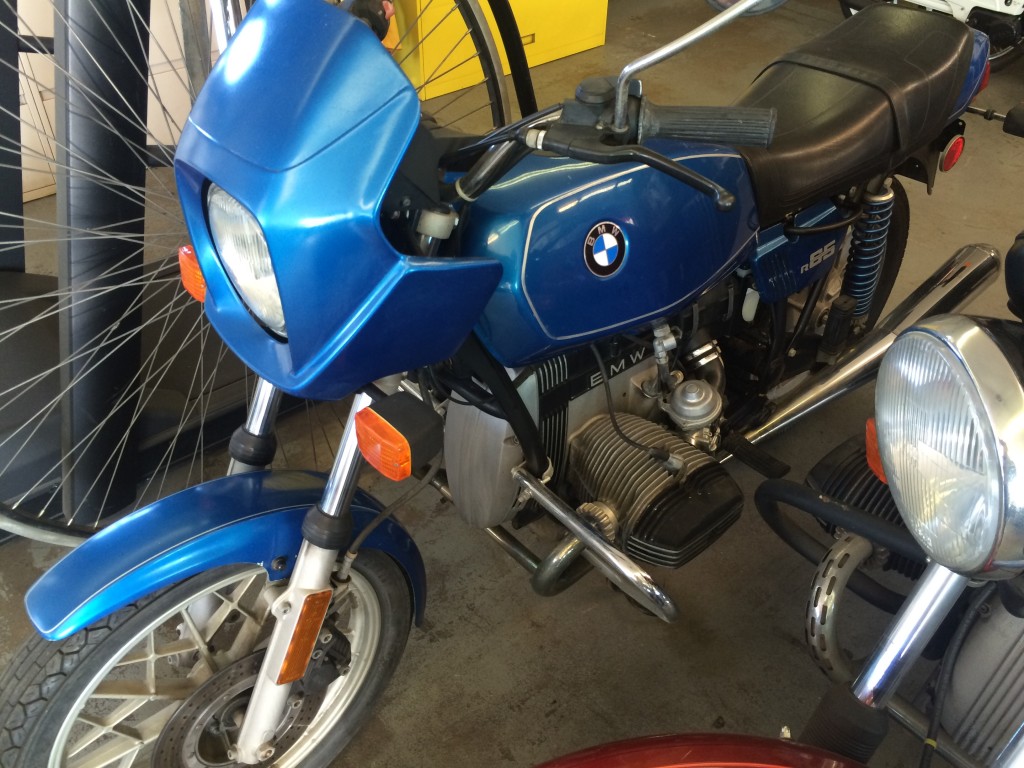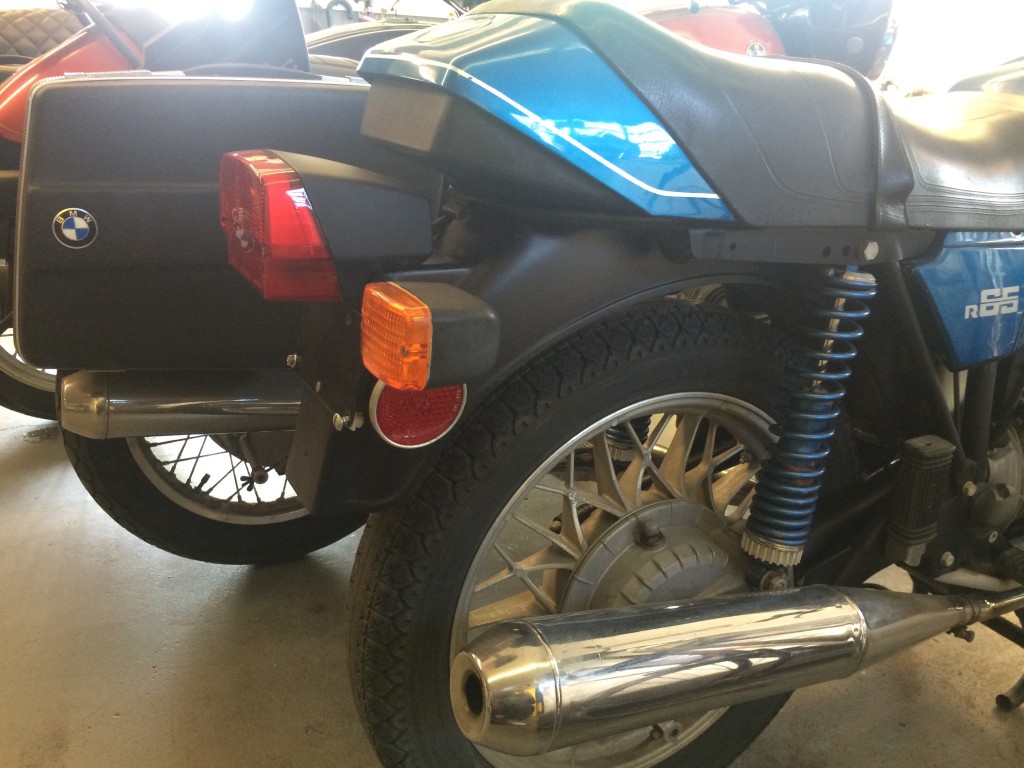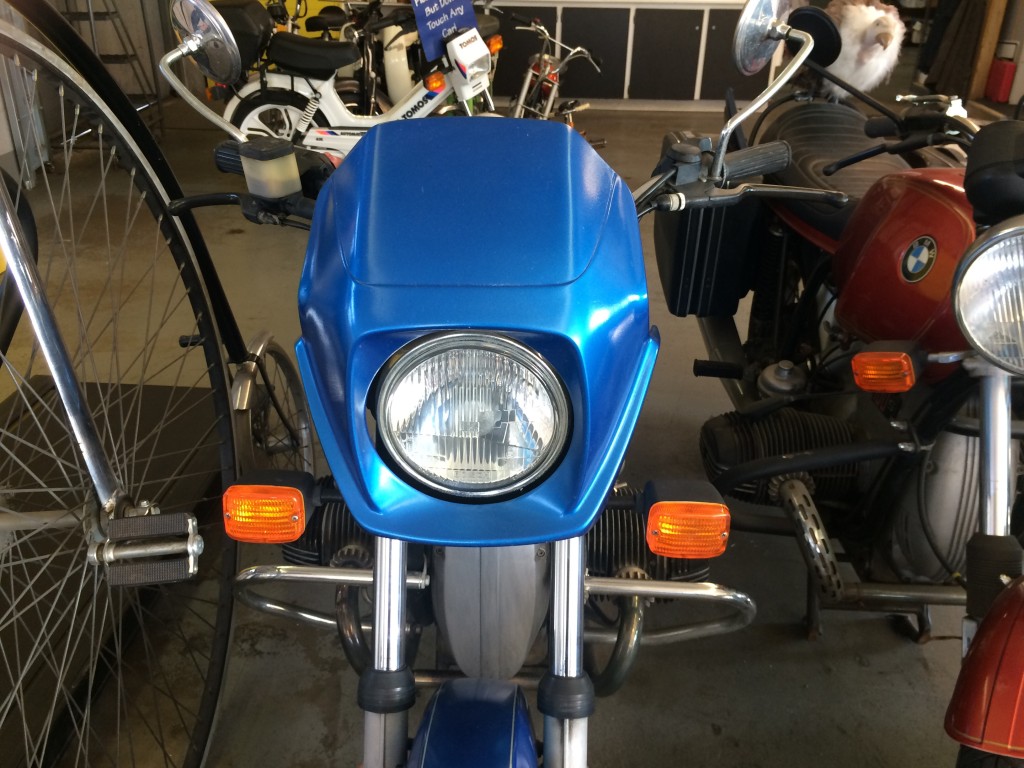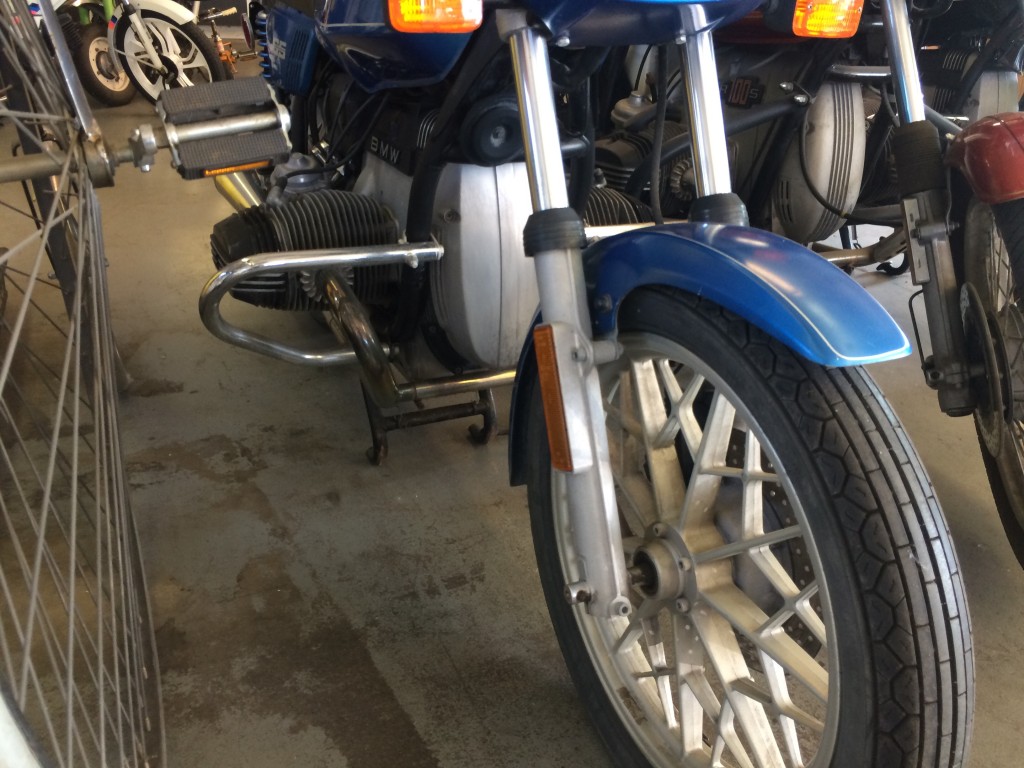TDIGate left behind a huge amount of work, noteably for the emmissions teams at the OEMs. These poor souls are tasked with tracking down cars that have been real-world driven for at least 30K miles, are unmodified, and preferably not raced, and then testing them to make sure no one was lying to the feds. Yikes. I got the letter in the mail detailing the current Subaru study of WRXs and BRZs and decided that as a former owner of not one, but two EPA non-compliant cars, I’d take one for the collective 86 team and see if my little blueberry could be of use. The offer included a late model loaner and a check for $350, so why not at least try?

In the case of Subaru’s BRZ and the WRX, finding suitable cars is a little more difficult than say, the case of the Chevy Sonic. When I dropped off my BRZ, the testing group was still trying to track down two unmodified and unraced WRXs, and were well outside of the usual hunting grounds of Metro Detroit in their search. I sneaked in with the requisite 30K and some creative answers to the phone screen which included questions such as:
Have you used the car to plow snow? No.
Have you towed with the car? No.
Have you street raced the car? If I did, I’m not saying anything.
Is the car modified (exhaust, tune, etc)? No. I promised not until the warranty expired.
Is the OEM cluster intact and unmodified? Yes.
Any new glass, paintwork, or other damage repaired in the last 90 days? No, but this is impressively crappy paint, even for three-wet.
Is the car equipped with the OEM tyres and wheels? Not at the moment, but it will be when I drop it off for you.
I drove my BRZ out to Boshart Auto Testing Services in Ann Arbor on a monday morning and met with their intake team. There was a more formal questionnaire that included much more detailed questions about racing which caused me some concern. I asked the intake tech about that, mentioning that I do HPDE and yes there are track stickers all over the car. He smiled and said “oh, skills improvement days! That is excellent! More people should do those.” I grinned and said, yup, lots of skills improvement days! He drives a boosted FiST and that is kind of cool in and of itself. He was amused that I was dragging a torque wrench and I explained I’d just put the stock wheels and tyres back on the night before and wanted to check after the drive out. No sense losing a wheel, right? We chatted about tyres (I am not happy or unhappy with the Falkens) and the process of transitioning from FF to FR. He noted that FF NA to FFT was a big deal for him – I was quite curious about that as the B5 is FFT and is actually quite a handful to drive if you are not ready for all of the boost. We laughed together about your car arriving in the next ZIP code before you do.
The tech handed over the keys to my loaner, and we also groaned about the automatic transmission. Really, Subaru. It’s a WRX and BRZ study. The two cars with the highest take rates of manual transmissions in the entire US. At least I avoided the dreaded CVT.
So, what exactly is EPA recert? EPA recert is a process where the OEM runs the target cars through the standard EPA testing protocols to see if there are any functional issues with the federally mandated emissions controls. It’s not that big of a deal, really. The cars are transferred to the OEM with chain of custody intact and strapped to the dyno. If parts have failed or are behaving uniquely, they will generally be taken for examination and replaced with new ones that, in theory, work properly. Typically, this would be the cat or possibly the ECU. Or who knows what, really. I would be ok woth it if they left the cat stuffing out… for science, of course. Once they are done, the car is washed, filled up, and returned to the owner with a list of any parts taken and the token check. Hopefully mine comes home with a report – I stuffed a folded Post-It note into the OBDII port requesting copies of any power pulls, pretty please.

Meanwhile, back at the ranch, I’m tooling around in a white automatic Legacy sedan rocking a manufacturer license plate. It’s nice, I guess? Actually, it’s a great example of a solid family sedan. It’s roomy, has good road presence, and it’s quiet. Coming from the BRZ, it’s also heavy AF and huge. I can feel the AWD working, which is weird and contributes to the ponderous driving dynamics. Overall grip is very good, and driving through a terribly heavy rainstorm was completely drama-free. I would not expect the same from the BRZ, although the BRZ would likely have been fun. And sideways. The halogen headlights are woefully inadequate, but coming from HIDs and LEDs, everything else is inadequate. There is no good reason for any OEM to continue with halogens. The MMI features Starlink and the CarPlay integration is excellent. Fuel tank is generous at 14 gallons, good for 500 miles to the tank driving moderately aggressively.

Would I buy a Legacy? Heck no. It’s completely outside of my Rspec. However, I think I would recommend one. It’s a very solid car and I do like the interior, which is dialed back and reserved.
I also consider myself lucky. I got a nice Subie. My coworker coughed up his Stelvio and got a Jeep for a loaner. I get that I wasn’t going to get a BRZ, but shouldn’t he have at least gotten an Alfa something or other? Really, FCA…

